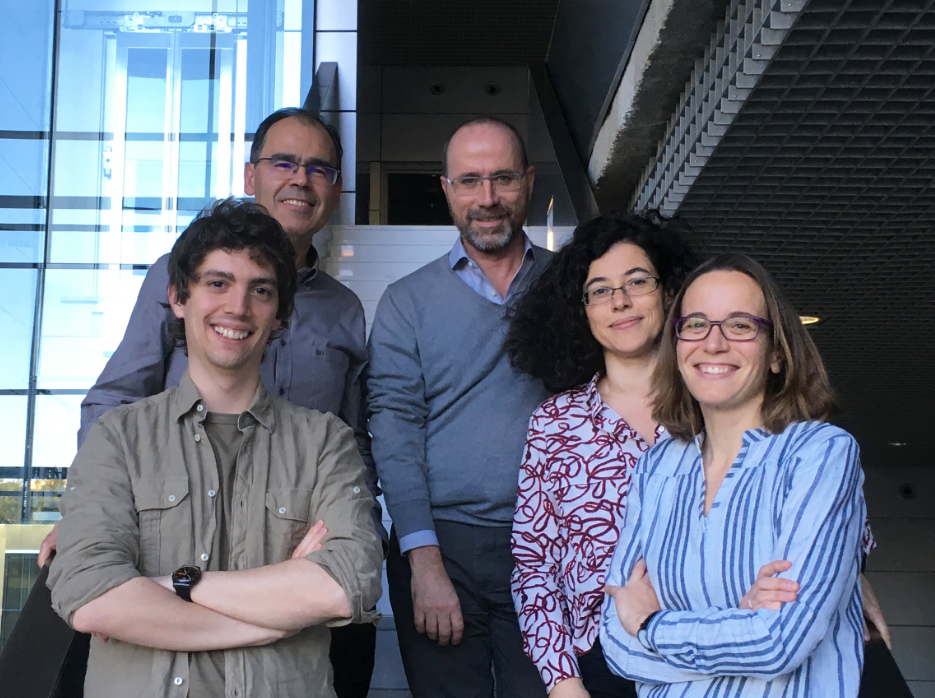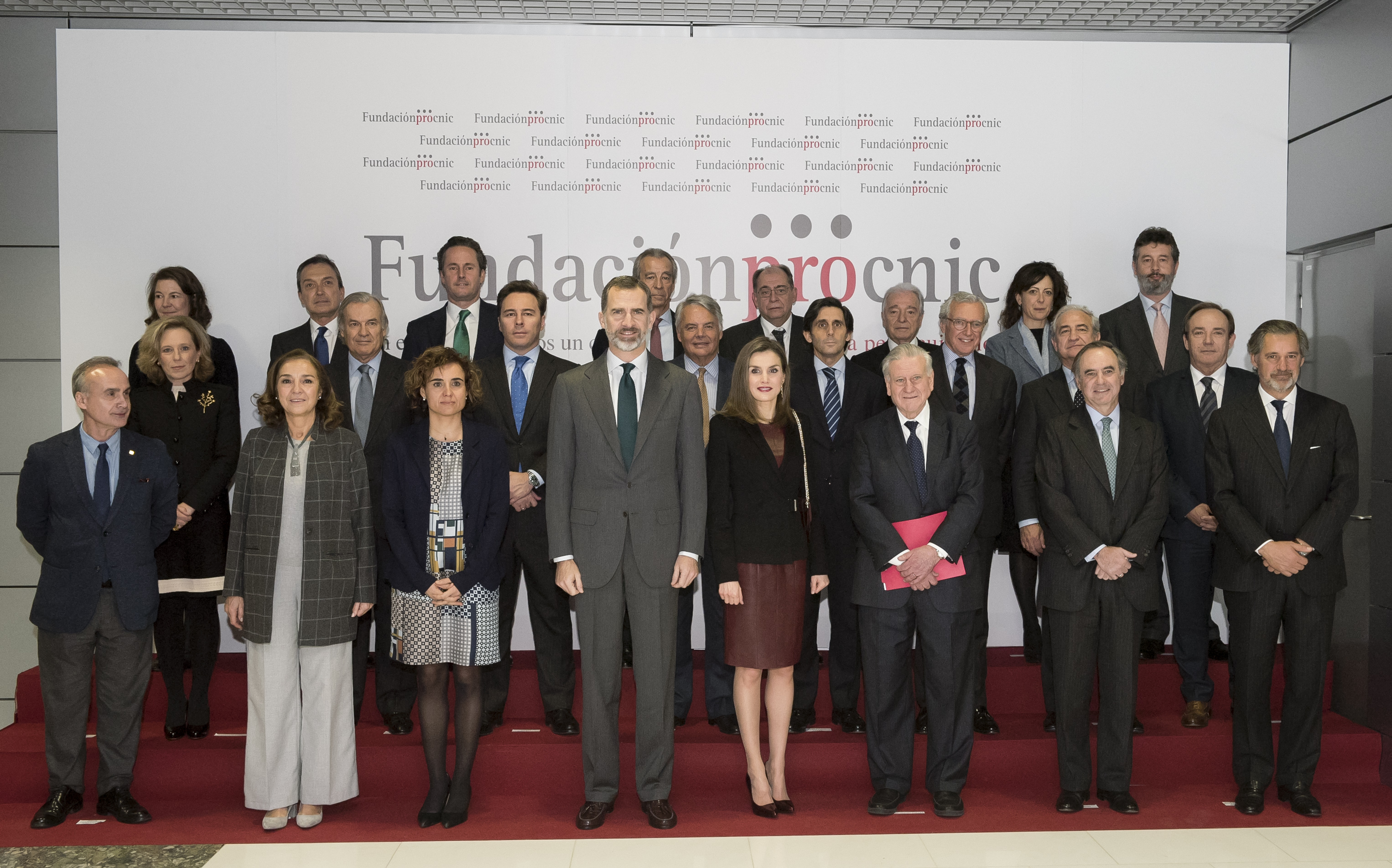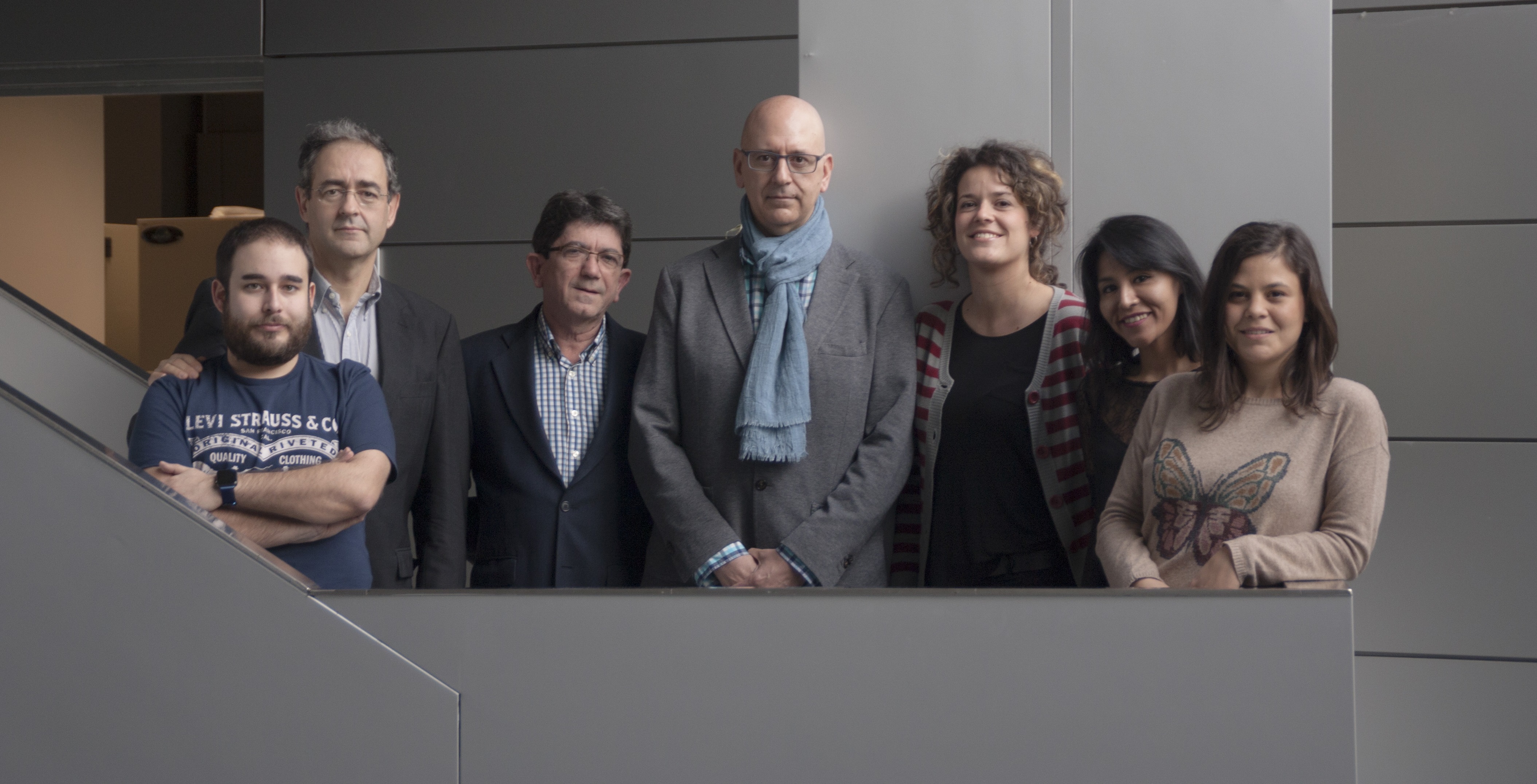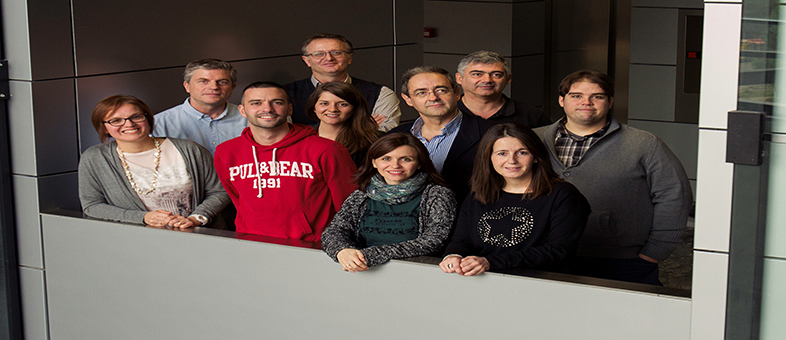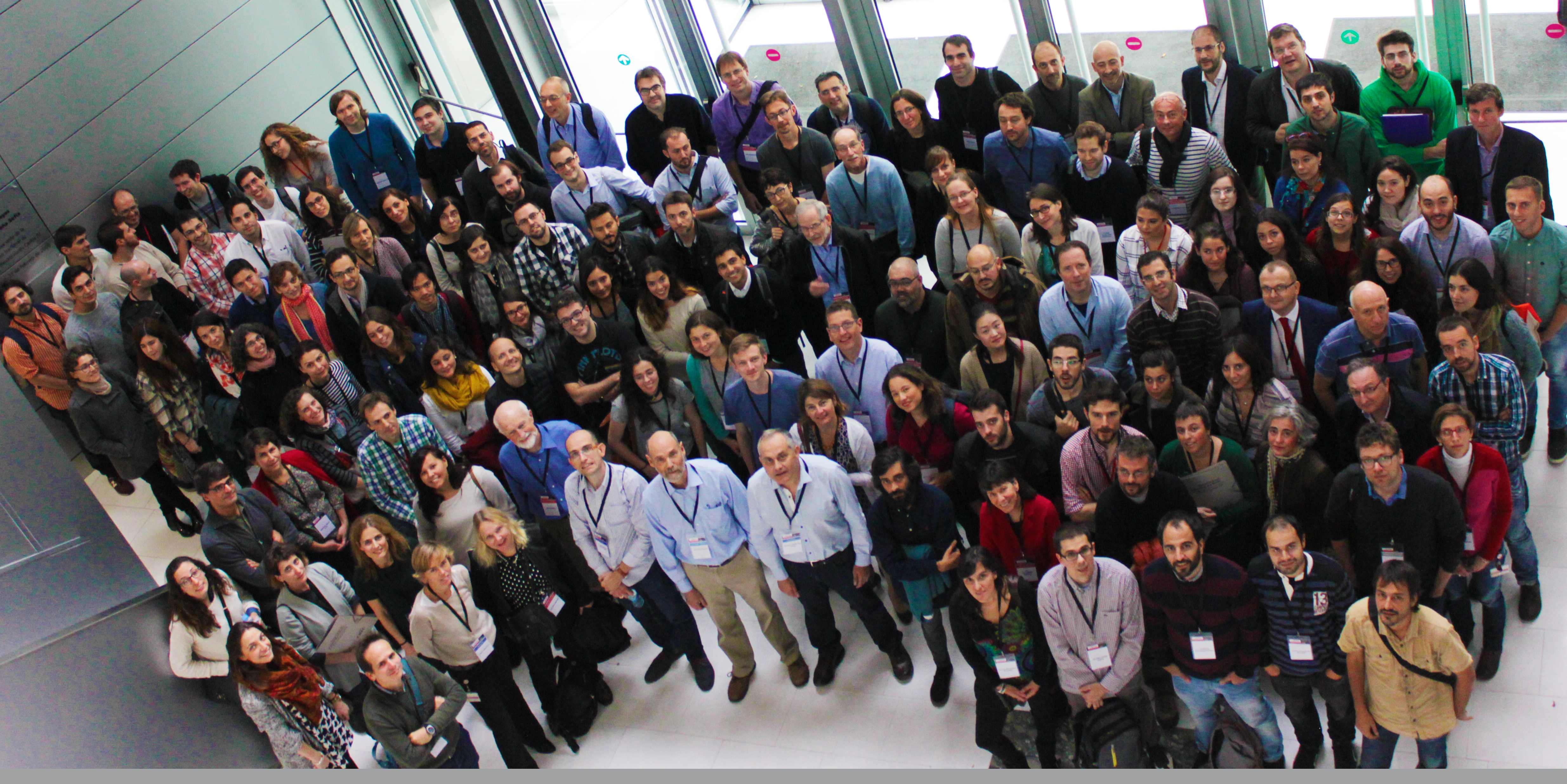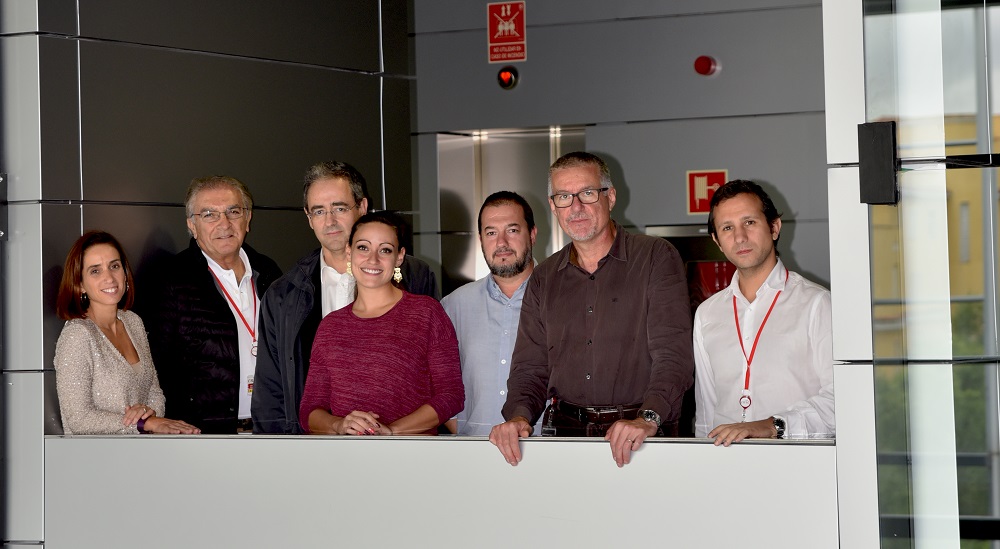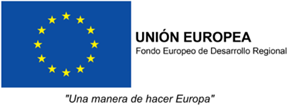News search
|
Research 22 Feb 2017 Every year 400000 people are diagnosed with lymphoma, and 200000 people die from the consequences of this blood cancer |
|
About the CNIC 13 Feb 2017 The MAPFRE, Pro CNIC Foundations and the Spanish Heart Foundation, together with the Community of Madrid, promote this campaign, which is celebrating its second anniversary |
|
About the CNIC 10 Feb 2017 Dr. Valentín Fuster, General Director of CNIC and Luis de Carlos, President of the Board of Trustees of the Pro CNIC Foundation, explained to Their Majesties some of CNIC’s and Pro CNIC Foundation’s most important research projects |
|
About the CNIC 8 Feb 2017 |
|
About the CNIC 6 Feb 2017 The Spanish Society of Cardiology (SEC) and The Centro Nacional de Investigaciones Cardiovasculares Carlos III (CNIC) have created an ambitious joint plan of postgraduate training for cardiologists in order to promote good quality research in the cardiovascular field |
|
Research 10 Jan 2017 The findings, published in Nature Medicine, suggest a major potential for NOS2 inhibitors in the treatment of thoracic aortic aneurysa |
|
Research 21 Dec 2016 ReDIB is composed of two nodes, located at the Centro Nacional de Investigaciones Cardiovasculares Carlos III (CNIC) in Madrid and the Centro de Investigación Cooperativa en Biomateriales (CIC biomaGUNE) in San Sebastián |
|
Research 20 Dec 2016 CNIC scientists demonstrate the fundamental importance of the hypoxia response in the maturation of the heart ventricles |
|
About the CNIC 2 Nov 2016 Mechanical forces are the major drivers of development, physiology, and diseases of the cardiovascular system |
|
Research 2 Nov 2016 La información permitirá abrir nuevas líneas de investigación para el desarrollo de nuevas terapias dirigidas a corregir estos defectos que caracterizan a la progeria |
- ‹ previous
- 30 of 33
- next ›
